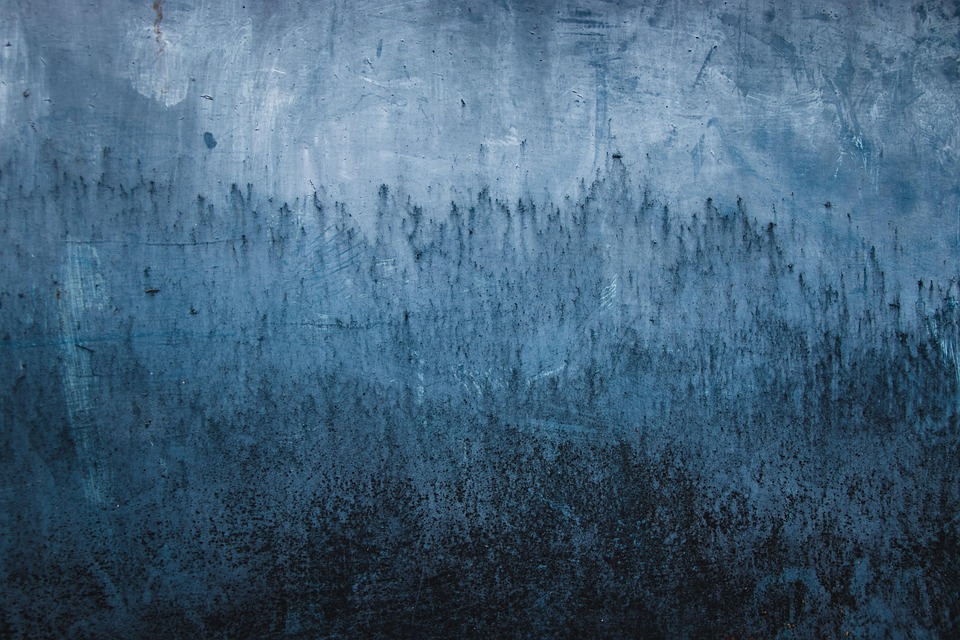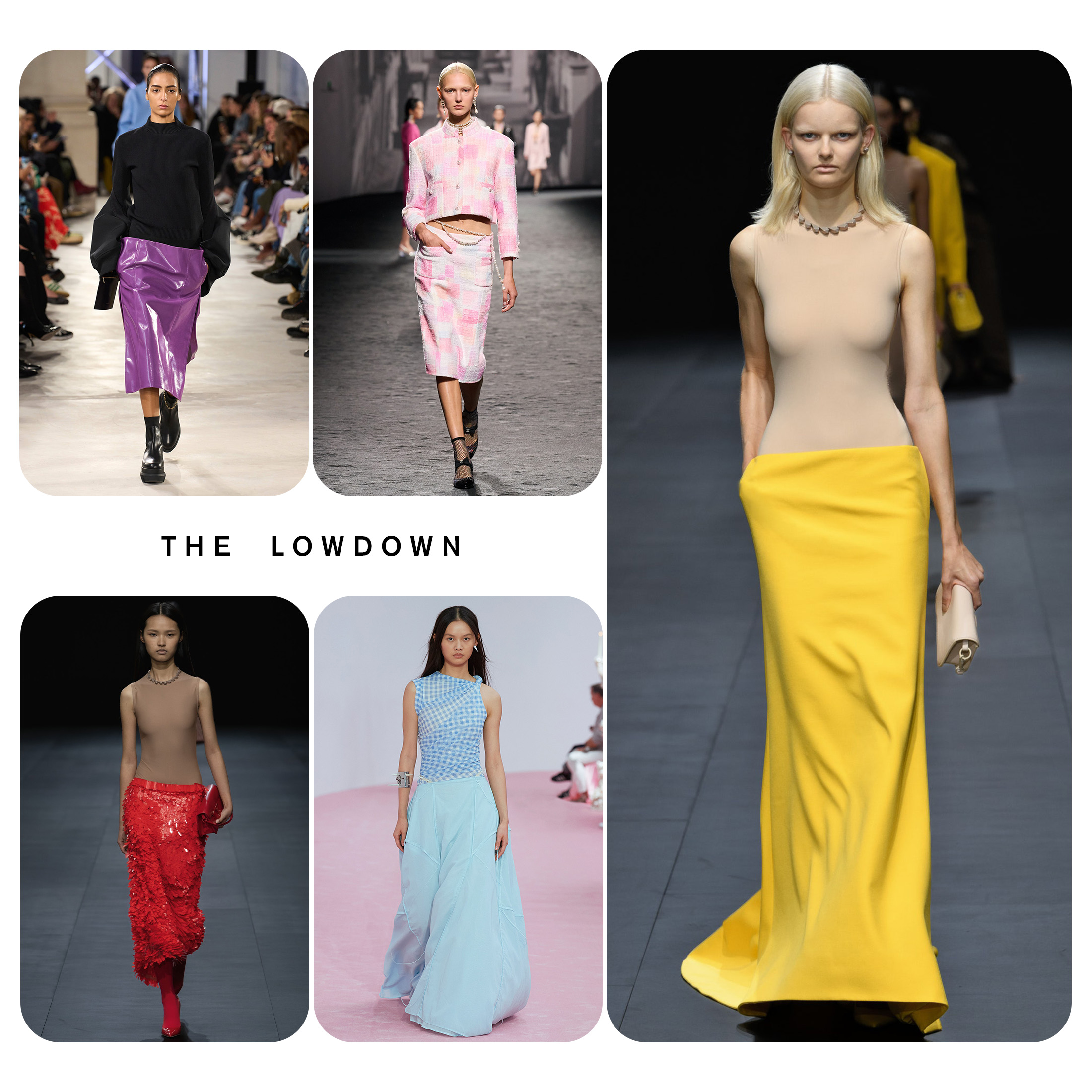What Is Korean Fashion? Origins, Aesthetics, and How to Build the Look
Overview: What Korean Fashion Means Today
Korean fashion refers to the contemporary style ecosystem emerging from South Korea’s pop culture, streetwear, and designer scenes-distinct yet globally influential through the Korean Wave (Hallyu). It blends comfort-forward silhouettes (notably oversized fits), meticulous layering, and expressive details into cohesive, practical outfits that emphasize individuality while remaining polished
[1]
[2]
. While the traditional
hanbok
remains a cultural touchstone worn for special occasions, modern Korean fashion spans everyday street style to runway, often shaped by K-pop, K-dramas, and social media
[1]
.
Cultural Roots and Global Rise
South Korea’s contemporary style matured alongside rapid economic development, social media adoption, and the global spread of its pop culture-collectively known as Hallyu-helping local trends resonate worldwide [1] . Designers began appearing on international stages in the 1990s, aided by domestic support and later renewed backing, which helped elevate Korean aesthetics abroad [1] . Today, global audiences often discover styling cues via K-pop performances and drama wardrobes, then adapt those ideas into everyday wear-accelerating diffusion and feedback between Seoul’s streets and international markets [1] .
Traditional attire still informs identity:
hanbok
symbolizes heritage and is worn on special occasions, while modern wardrobes reflect diversity, practicality, and evolving taste profiles across age groups and contexts
[3]
. The result is a culture where expressive yet considerate dressing is normalized and celebrated
[1]
.
Defining Aesthetics and Silhouettes
Oversized comfort : A hallmark of Korean fashion is embracing roomy fits-blazers, sweaters, pants, and outerwear-to achieve relaxed elegance. The look balances coziness and polish, often pairing one oversized element with a fitted piece to keep proportions flattering [2] . For women’s casual looks, oversized tops or sweater dresses are common, styled with tights, shorts, or skirts that maintain comfort and coverage [2] .
Layering as design : Layering is treated like composition-mixing textures (knit, wool, satin), structures (tailored vs. slouchy), and levels (inner tees, midweight knits, outer coats) for depth and dimension. This approach helps transition outfits across microclimates and day-to-night scenarios while showcasing personal taste in subtle ways [4] .
Expressive minimalism : Many outfits read clean and practical, then introduce an accent-color-pop knit, statement accessory, or asymmetrical hem-so ensembles feel fresh, not loud. This balance supports a wide age range and professional settings without losing personality [1] .
Street-to-Runway Influences
Korean street style commonly blends youthful ease with hip-hop and rock elements: baggy tops, relaxed-fit trousers or shorts, ribbed tees, and color contrasts. Women frequently incorporate skirts (tennis or bodycon), often high-waisted, with undershorts for comfort and coverage-an approach that aligns function with fashion [3] [2] . Contemporary sub-styles, such as minimalist looks with Y2K accents (e.g., subversive basics), also circulate through Seoul’s fashion districts and online communities, reflecting ongoing experimentation within a polished frame [1] .
Core Wardrobe Staples
Outerwear and tailoring : Oversized blazers, tailored long coats, and structured jackets ground ensembles and create vertical lines, enabling both sharp and cozy outfits in one wardrobe [2] . Pair a boxy blazer with a fitted knit and straight-leg trousers for office-ready ease; swap trousers for relaxed denim and a sneaker for weekends.
Tops and knits : Neutral turtlenecks, crisp button-downs, slouchy sweaters, and graphic tees enable modular layering. A fitted turtleneck under a roomy cardigan or a clean tee beneath a satin slip dress are frequent formulas that add depth without clutter [4] .
Bottoms : Straight or wide-leg trousers, pleated skirts, and high-waisted silhouettes harmonize with volume up top. Women’s casual looks may include tennis skirts or fitted minis balanced by oversized tops, often with built-in or added undershorts for mobility [2] .
Footwear and accessories : Clean sneakers, chunky loafers, and sleek boots are common anchors. Accessories-berets, caps, minimal jewelry, and practical crossbody bags-add polish and function without overpowering the outfit [1] .
How to Build the Look: Step-by-Step
Step 1: Choose a base . Start with a neutral, fitted layer (e.g., black turtleneck or crisp tee) to streamline proportions and support additional layers [4] .
Step 2: Add volume thoughtfully . Introduce one oversized item-blazer, sweater, or coat-to create contrast with your base. If your top is oversized, opt for a straight or tapered bottom; if both are loose, ensure clean lines and refined footwear for balance [2] .
Step 3: Layer for texture . Mix materials like wool, denim, satin, and knit. Keep colors complementary (neutrals plus one accent) to maintain cohesion and versatility across settings [4] .
Step 4: Finish with function . Add a crossbody bag, subtle jewelry, and footwear that suits your day. Consider undershorts with skirts or dresses for comfort and confidence during commutes [2] .
Example: Casual weekend . Fitted white tee + oversized beige cardigan + straight dark denim + white sneakers + minimal pendant. Swap the tee for a ribbed mock-neck and add a wool coat for cooler evenings.
Example: Smart casual . Black turtleneck + charcoal wide-leg trousers + boxy navy blazer + loafers + compact crossbody. Introduce a muted color-pop scarf for interest without disrupting the palette.
Adapting Korean Fashion to Different Settings
Work : Favor streamlined palettes (navy, black, gray, cream). Combine an oversized blazer with tailored trousers and a low-profile shoe. Keep accessories minimal for a refined, approachable presence [1] .
Evenings : Shift to satin or structured skirts with knit tops, or a slip dress under a cropped cardigan. Boots or sleek sneakers maintain comfort while elevating the silhouette [4] .
Weekends : Relaxed tees, sweatshirts, and roomy pants in soft fabrics ensure ease. Add a long coat or puffer when needed; accessories can lean playful (beanies, caps) while staying cohesive [2] .
Shopping and Styling Guidance
Start with neutrals . A small capsule-black turtleneck, white tee, straight trousers, dark denim, oversized blazer, versatile coat-can produce numerous outfits through rotation and layering [4] .
Assess fit before size . When choosing oversized pieces, prioritize shoulder line, sleeve length, and drape. The goal is intentional volume, not sloppiness. If in doubt, size for clean lines then add volume through outer layers [2] .
Mind functionality . Opt for skirts with built-in shorts or add undershorts for mobility; select crossbody bags with secure closures for urban commuting; choose footwear with cushion for long days on foot [2] .
Alternative approaches . If minimalism feels too subdued, introduce Y2K-influenced details (hardware belts, micro-cardigans) while retaining balance with neutrals and clean tailoring [1] .
Common Challenges and Solutions
Challenge: Overwhelming volume . Wearing multiple oversized items can swallow the frame. Solution : Anchor at least one fitted or structured piece (e.g., tailored trousers) and streamline color to two or three tones [2] .
Challenge: Seasonal transitions . Temperature swings complicate layering. Solution : Use breathable base layers and midweights (merino, cotton knits), then add a coat you can carry or sling without wrinkling the outfit [4] .
Challenge: Balancing statement pieces . Bold accessories can clash. Solution : Feature one statement (bag, hat, or jewelry) and keep the rest restrained to maintain the clean, expressive minimalism hallmark [1] .

Source: experiment.org
Key Takeaways
Korean fashion emphasizes polished comfort, layered depth, and expressive restraint. Its global traction comes from Hallyu, social media, and designer visibility, while traditional attire remains culturally significant. Building the look is practical: prioritize fit-conscious volume, cohesive layering, and functional details you can wear daily [1] [2] [4] [3] .

Source: vdu.lt
References
[1] Wikipedia (n.d.). Fashion in South Korea.
[2] 90 Day Korean (2024). Korean Fashion – K-style clothing to suit your taste.



